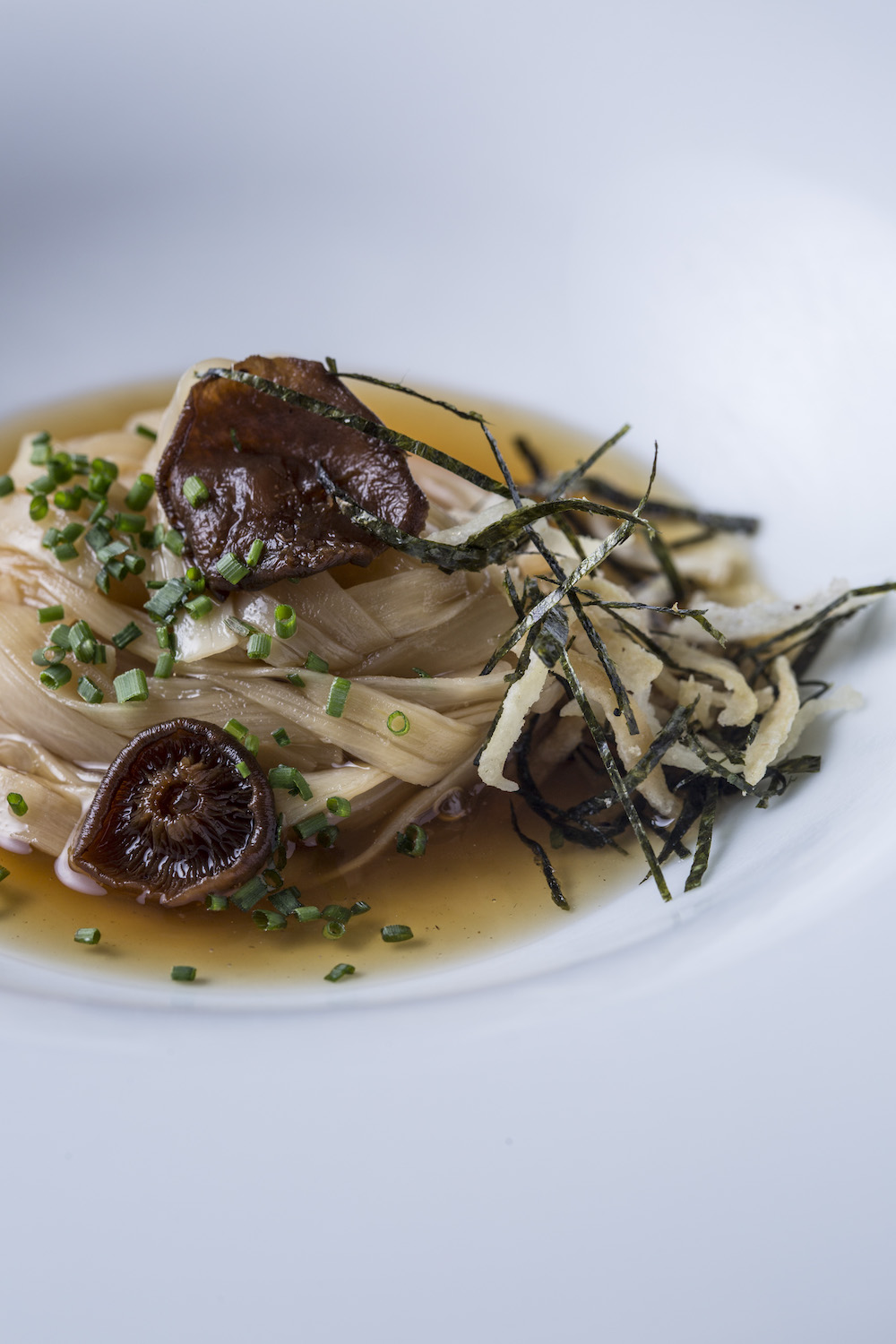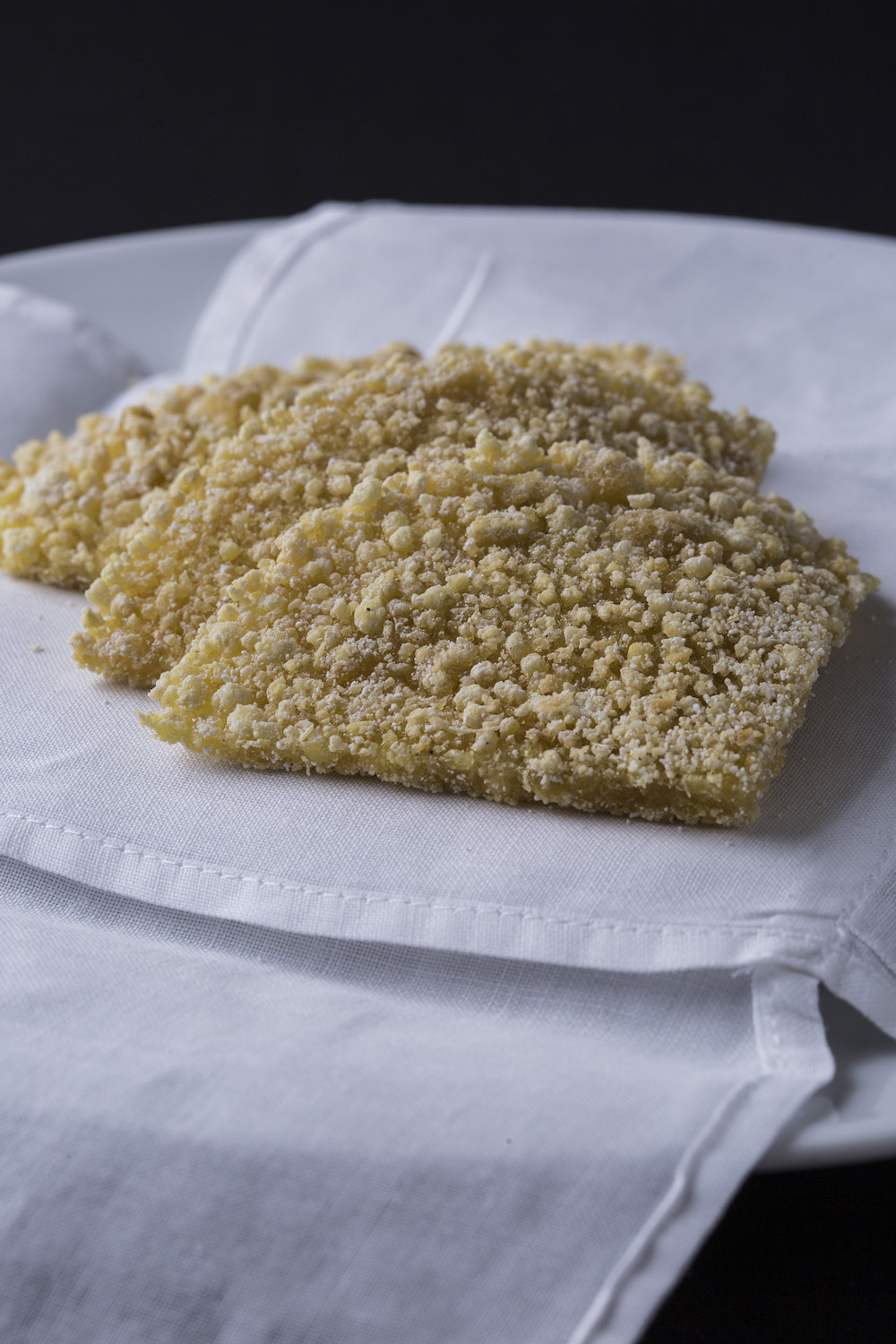The multiple Michelin-star chef and Jiu-Jitsu brown belt talks sustainability, success and the riches of São Paulo

There are few chefs as wedded to the land that they sprung from than Alex Atala. After years of travelling Europe, acquiring the skills he would later use to storm the global gastronomical league table, Atala returned to his roots to prove that Brazil’s cuisine was worthy of international attention.
For over a decade D.O.M., the restaurant Atala founded in the Jardins neighbourhood of São Paulo, has consistently appeared in the prestigious San Pellegrino World’s 50 Best list. But the critical acclaim has not compromised its founding principles of celebrating all things native and authentic. Using previously marginalised techniques and ingredients, Atala has reinvigorated Brazilian cooking and raised the region’s culinary status. It is no exaggeration to say he is adored, from South America’s toughest critics to the greengrocers of São Paulo.
Having conquered fine dining, Atala has his sights on greater challenges. With the number of people on earth thought to rise to around 8.6 billion in 2030, feeding an ever more insatiable world could be one of the greatest challenges of this century. To confront this, together with his food diversity organisation the ATÁ Institute, and chef Felipe Ribenboim, he will soon be holding a symposium called FRUTO to discuss the issue.
To find out more, I caught up with Atala to discuss success, sustainability and the food scene in São Paulo.

After years of living abroad – what called you back to your roots?
I’ve been connected with Amazonian cuisine, ingredients and flavours since my earliest childhood. I believe that its this richness that comes from the forest and other Brazilian areas that forms the backbone to all my work. Brazil is so vast – almost the size of a continent – and there’s a huge diversity in many aspects. In just one country, there are so many different ways to deal with food, in both terms of the culture towards food and the produce available.
For decades, Brazil resisted fine dining, almost feeling that the national cuisine was ‘unworthy’ – what changed?
It’s not something that happens overnight. It is largely the result of an effort by all the Brazilian chefs that defend our gastronomic culture on a daily basis, even with all the difficulties we have to deal with, such as the lack of support from the government and the lack of structure for family-run agriculture and the indigenous and riverside communities that survive by cultivating these ingredients. The government needs to recognise the work of these young and talented chefs. They are the true ambassadors of this brand called Brazil.

What are your hopes and fears with FRUTO?
Food waste and over consumption have always been two of the main concerns of the D.O.M. Group as a whole. And lately these concerns have led to launching the FRUTO congress, which the ATÁ Institute is organising in January 2018.
One of the most tangible and possible ways to solve these problems is to use 100% of the ingredients we have. That is the main guideline in both Açougue Central and Bio, the two newest additions to the D.O.M. Group. In both these restaurants we show people that it is possible to use the whole ingredient. For example, in Açougue (our meat-speciality restaurant) we receive a whole bull carcass every week and, of that carcass, we use everything: meat goes to grill, oven or pan; bones are used for broths; fat is used to deep fry other ingredients.
Things are very similar in Bio. The menu provides healthy dishes, with quality ingredients, in an attempt at conscious consumption. The Canastra cheese is maybe one of the most delicious cheese varieties currently produced in Brazil. In Bio, it is used as a cream to compose the fruit and Canastra salad, and its peel, which would usually go to waste, is used in pastry to provide the final crunchy topping to the Dulce de leche pudding.
The reason for all of this is simple: we want to help raise awareness in our clients. It is possible to use the whole ingredient and for there to be no waste – you don’t need to buy more than you are going to eat. And it is important that not only chefs consider this but that all of us as individuals are aware – we can be the turning point for everything. Eating today is not simply feeding, it is a political, economical, biological, social and cultural act.
That is exactly how the idea of FRUTO was born. A congress divided into three axes (social, cultural and biological) that will bring together thirty of the most important minds in the fields of sustainability, science, gastronomy and industry to discuss alternatives on how to bring quality food to a world population that could reach 8.6 billion people by 2030.

Can you give me a good example of ATÁ in action?
I believe our work alongside Instituto Socioambiental (ISA) with the Baniwa chili deserves to be mentioned. The Baniwa are an indigenous people living in 200 communities across Brazil, Colombia and Venezuela. They produce the Baniwa chili, a unique product made with a variety of native peppers that are dehydrated, milled and mixed with a bit of salt to form a potent spice. It didn’t get to the market because we didn’t know about it and the Baniwa people didn’t have the structure to commercialise it. Today, thanks to the partnership between ISA and ATÁ, that chili can be found in Mercadinho Dalva e Dito, at our stands at Mercado de Pinheiros, and in dishes at D.O.M. and Dalva e Dito. Because of that, many Baniwa people prefer to work producing the chili instead of working in mining, for instance.
Is there an ethos behind D.O.M? Could you define it in one sentence?
Creativity, with Brazilian soul.

How do we begin to re-establish a meaningful connection between humankind and the natural world?
We must revisit our relationship with ingredients and nature itself and understand that there is no point in only protecting the rivers, seas and forests. We can only ensure the defense of our biodiversity if we also protect the humans that make their living from that which the rivers, seas and forests provide. The food chain is a powerful tool to support those people. That is our job in the ATÁ Institute. We work on several projects to strengthen all points of the productive food chain. The more we understand and develop that relationship, the more space and demand the market will have.
Photography Rubens Kato, Ricardo D’Angelo and Sergio Coimbra